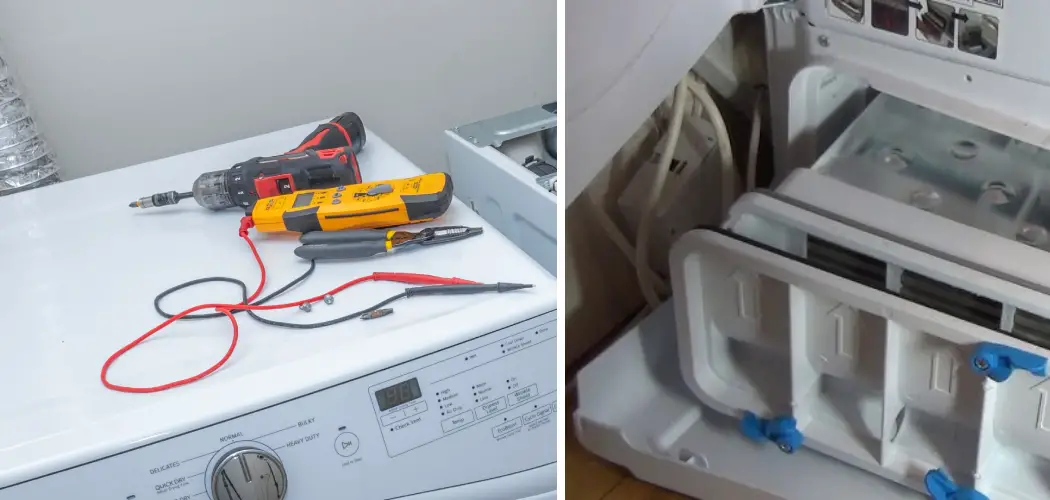Condensation from tumble dryers is a common issue faced by many households, often leading to mold growth and moisture-related damage. This problem typically arises when the warm, moist air produced during the drying process is not properly ventilated outside.
Thankfully, there are effective strategies to mitigate condensation, allowing you to maintain a dry and safe laundry area.
In this guide on how to stop condensation from tumble dryer, we will explore practical tips and solutions to prevent condensation from your tumble dryer, ensuring it operates efficiently while keeping your home moisture-free.
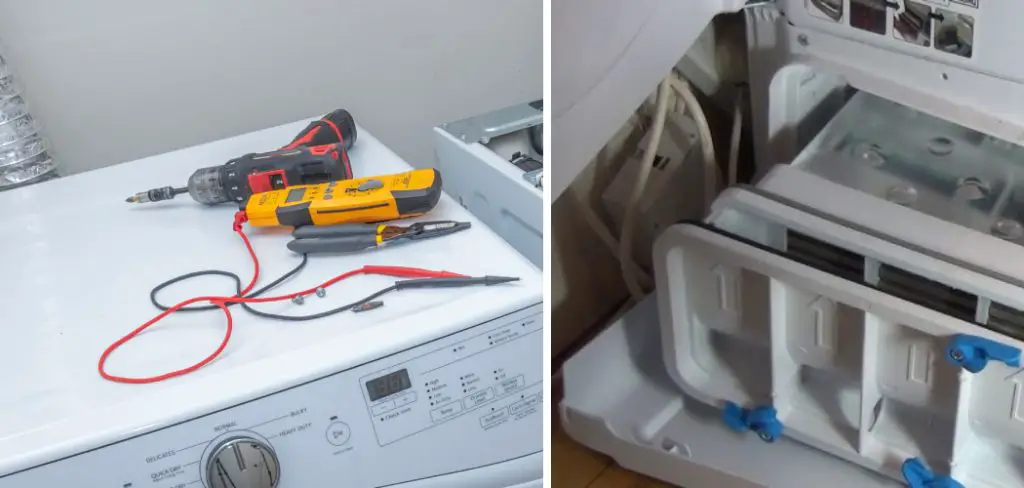
Why is Condensation a Problem with Tumble Dryers?
Condensation can pose several issues when it comes to using tumble dryers. Firstly, it can lead to the buildup of moisture in the laundry area, which may promote the growth of mold and mildew—both of which can cause health problems and require costly repairs. Additionally, excess moisture can damage surrounding materials such as walls, ceilings, and flooring, especially if they are not water-resistant. Over time, this can result in structural deterioration or the need for significant renovations.
Moreover, ineffective ventilation, a primary cause of condensation, can result in longer drying times and inefficient energy usage, driving up utility bills. Addressing condensation issues ensures that your tumble dryer functions optimally, maintaining a healthier home environment while protecting your property.
8 Step-by-step Guidelines on How to Stop Condensation From Tumble Dryer
Step 1: Check the Ventilation System
The first step in stopping condensation from your tumble dryer is to thoroughly examine its ventilation system. Ensure that the dryer is correctly connected to an external vent, allowing the warm, humid air produced during the drying cycle to be expelled outside efficiently. Inspect the vent hose for any kinks, blockages, or damage that could impede airflow.
It’s crucial to regularly clean and maintain the vent to prevent lint build-up, which not only causes condensation but also poses a fire hazard. Additionally, confirm that the external vent cover is functioning properly, opening and closing without obstruction. A well-maintained ventilation system is essential for efficient dryer operation and reducing condensation risks.
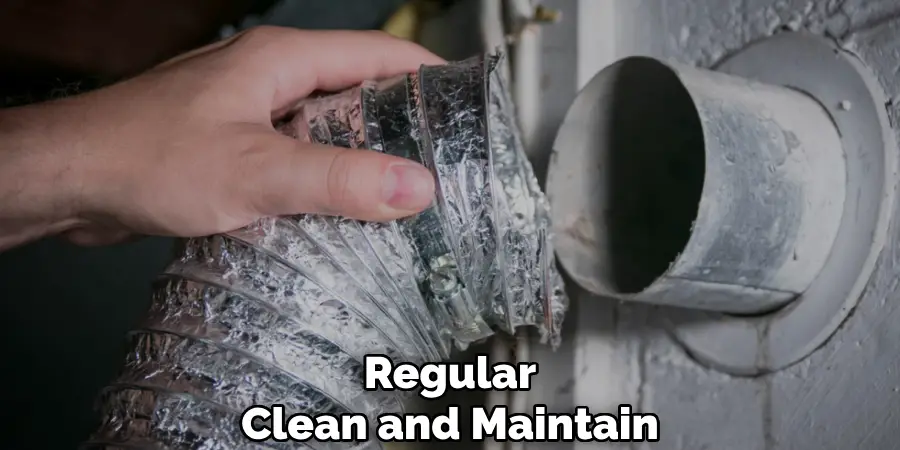
Step 2: Use a Condenser Tumble Dryer
Switching to a condenser tumble dryer is an effective alternative to tackle condensation issues. Unlike vented dryers, condenser models do not require an external vent to expel moist air. Instead, they condense the moisture extracted from the clothes into water, which is collected in a removable reservoir that can be easily emptied after each cycle. This design significantly reduces the risk of condensation since the warm air does not escape into your home’s environment.
Additionally, condenser dryers offer greater flexibility in terms of placement since they don’t rely on an external vent, making them ideal for small or enclosed spaces. While they may require more frequent maintenance to ensure optimal performance, condenser tumble dryers offer a practical solution for households struggling with condensation issues.
Step 3: Dry Clothes at the Right Time
Drying clothes during times of high humidity and moisture, such as early mornings or rainy days, can contribute to condensation problems. The increased levels of water vapor in the air add to the existing moisture produced by the tumble dryer, exacerbating condensation issues.
Therefore, it’s best to schedule drying cycles during drier periods of the day when there is less moisture in the air. This not only helps prevent condensation but also improves drying efficiency and reduces energy consumption.
Step 4: Adjust Drying Settings
Many modern tumble dryers come with a variety of settings that can help minimize condensation risks. For instance, using a lower heat setting can reduce the amount of moisture produced during the drying process, leading to less condensation. Additionally, selecting shorter drying cycles and avoiding overloading the dryer can also help prevent excess humidity build-up.
Consult your tumble dryer manual for recommended settings that can help mitigate condensation while maintaining optimal performance.
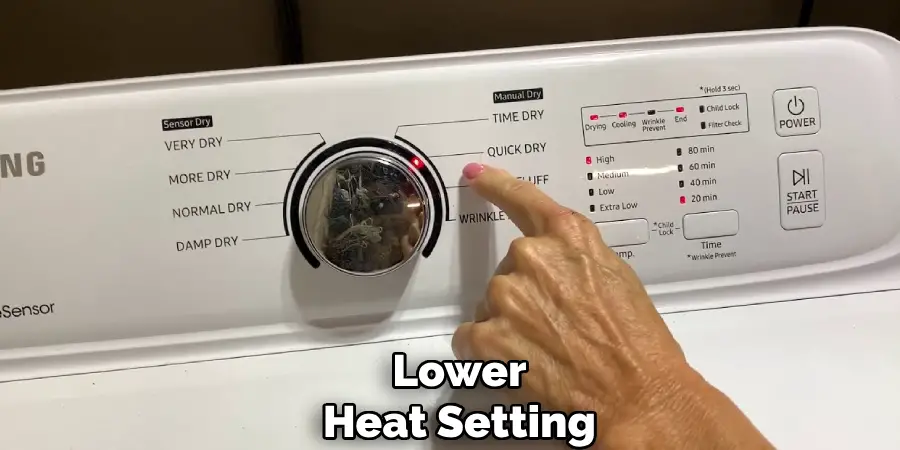
Step 5: Open Windows and Use Fans
If possible, open windows or use fans in the laundry area when running the tumble dryer. This allows for better air circulation and ventilation, helping to expel warm, moist air outside before it has a chance to cause condensation. It’s also advisable to keep doors open between rooms to allow airflow throughout your home.
If opening windows or using fans is not an option, consider investing in a dehumidifier for the laundry area. This can help reduce excess moisture in the air and decrease condensation risks.
Step 6: Clean and Maintain Your Dryer Regularly
Regular maintenance of your tumble dryer is essential to prevent condensation issues. Be sure to clean out lint filters after every use, as a build-up of lint can impede airflow and lead to condensation problems. Additionally, schedule a regular deep cleaning of your dryer to remove any accumulated debris or residue that could affect its performance.
The more effectively your dryer operates, the less chance there is for excess moisture and condensation.
Step 7: Inspect the Laundry Area
In addition to maintaining your tumble dryer, it’s vital to also regularly inspect the surrounding laundry area for any signs of dampness or mold growth. Addressing any potential issues promptly can prevent them from escalating into significant problems. Additionally, ensure that your laundry area is adequately ventilated and has proper drainage to mitigate moisture build-up.
The type of flooring in the laundry area can also impact condensation risks, with non-water-resistant materials being more susceptible to damage. Consider using water-resistant or anti-slip flooring options for added protection against excess moisture.
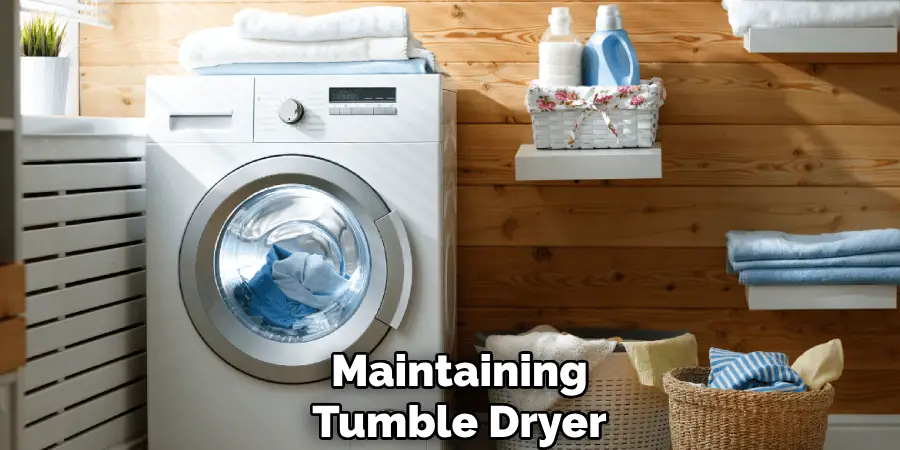
Step 8: Seek Professional Help
If, despite following these steps, you continue to experience condensation problems, it may be time to seek professional help. A qualified technician can assess your dryer and ventilation system for any underlying issues and provide recommendations for addressing them effectively. They can also advise on the best methods for maintaining optimal dryer performance and reducing condensation risks in the future.
By following these guidelines on how to stop condensation from tumble dryer, you can prevent condensation from your tumble dryer and enjoy a healthier, more comfortable living environment. Remember to regularly inspect and maintain your ventilation system, use a condenser tumble dryer, dry clothes at the right time, adjust drying settings, and keep your laundry area clean and well-ventilated. If needed, don’t hesitate to seek professional assistance for persistent condensation issues. A little effort and regular maintenance can go a long way in preventing condensation and promoting efficient dryer operation.
Troubleshooting Common Issues
Even with proper usage and maintenance, tumble dryers can encounter a variety of issues. Here are some common problems and steps you can take to troubleshoot them:
Dryer Not Heating:
If your dryer is running but not heating, check the power supply to ensure it’s not a blown fuse or tripped circuit breaker. It’s also possible that the heating element is faulty and may require replacement. Be sure to consult your dryer’s manual or a professional technician for guidance.
Excessive Noise or Vibration:
A dryer that is excessively noisy or vibrating may have an issue with the drum support rollers, belt, or motor. Inspect these components for any signs of wear and tear and replace as necessary. It’s also essential to ensure that your dryer is level, as uneven placement can result in excess vibration and noise.
Long Drying Time:
If your clothes are taking longer than usual to dry, check the lint filter and exhaust vent for blockages. A clogged lint filter can restrict airflow, while a blocked exhaust vent can prevent hot air from escaping properly. Also, make sure you’re not overloading your dryer and using the appropriate heat setting for the type of fabric being dried.
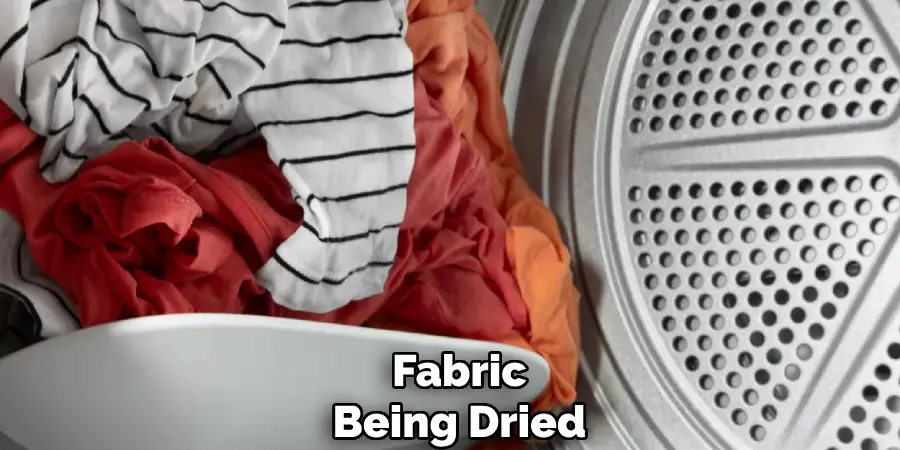
Burning Smell:
A burning smell coming from your dryer could indicate a potential fire hazard. Turn off and unplug the dryer immediately and inspect the lint filter, exhaust vent, and drum for any debris or build-up that may be causing the smell. If necessary, seek professional help to address any underlying issues.
Frequently Asked Questions
Q: Can Condensation From My Tumble Dryer Cause Any Health Problems?
A: Excessive condensation can lead to increased levels of mold and dampness, which can trigger respiratory issues and allergies. It’s essential to address condensation issues promptly to prevent potential health hazards.
Q: How Often Should I Clean My Tumble Dryer?
A: It’s recommended to clean your dryer’s lint filter after every use and deep clean it at least once every six months. However, if you notice any decrease in performance or excess moisture, it may be necessary to clean it more frequently.
Q: Can Using a Vented Tumble Dryer Help Reduce Condensation?
A: While vented dryers do release moist air outside, they are not as effective in preventing condensation as condenser models. This is because some warm air can still escape into the environment through the vent, potentially contributing to excess moisture.
Q: Can I Use My Tumble Dryer in a Small or Enclosed Space?
A: It’s not recommended to use a tumble dryer in small or enclosed spaces without proper ventilation. This can lead to increased condensation and potential health hazards. If you have limited space, consider investing in a compact or stackable dryer that can be installed in a well-ventilated area.
Conclusion
Addressing condensation issues with your tumble dryer requires a proactive approach and attention to detail. By implementing the steps outlined in this guide on how to stop condensation from tumble dryer, you can significantly reduce the risk of moisture build-up and create a more energy-efficient and effective drying experience. Prioritize regular maintenance, consider upgrading to a condenser model if necessary, and ensure your laundry area is well-ventilated.
Remember that maintaining a clean and functional ventilation system plays a crucial role in combating condensation. With diligent care and timely interventions, you can prevent condensation from becoming a recurring problem, ensuring a comfortable and damage-free home environment.

